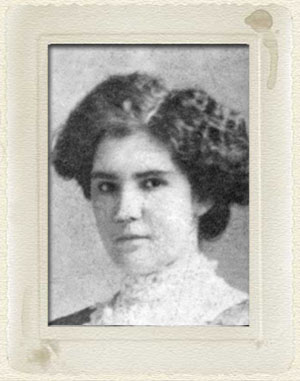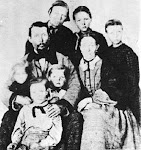2.04.2010
(77) Zemira works cotton farm, teaches school
Zemira had an interesting regime that Spring and Summer (1878): There was the continual challenge to keep the water coming down the ditch, what with gophers making holes, having to clean out mud fills after a storm, plus repairing broken dams. Also after grubbing the unbroken brush-covered land, the ground had to be harrowed, leveled, then plowed and the crops planted. He even made his own harrow. One incident he mentioned was, “Taking the level for a new ditch further up the river. Found that the water can be brought on the Bench south of the house.” That would expand the area under irrigation.
He had lots of planting to do, such as grape roots, mulberry cuttings, plus tamarisk and wild muscrew cuttings—he called it “setting them out.” He planted potatoes, worked on the tunnel through the black hill between Washington and St. George, chopped timbers for dams, built a hen-house, mended shoes, and braided a whiplash. Besides these labors he found time, as his daughter Almeda mentioned, to teach evening school to the youngsters for an hour each day, while on the farm.
They finally were ready to plant cotton, beginning March 23, 1878, and for the next three weeks they planted and watered cotton nearly every day. They planted corn and more cotton in July, always with watering in between. Then, in the middle of July, right during the hot, hot time of the year, the ditch was filled with mud from a freshet—which is a sudden heavy rain shower—and all other work had to stop until the mud was cleaned out and water was back in the ditch. The first crop of cotton was ready to start picking by the end of August.
From Zemira Palmer's diary on dates mentioned.
Subscribe to:
Post Comments (Atom)
Contributors

Lucile Brubaker (and her mother Lenna Cox Wilcock) are also contributing to this blog.





No comments:
Post a Comment